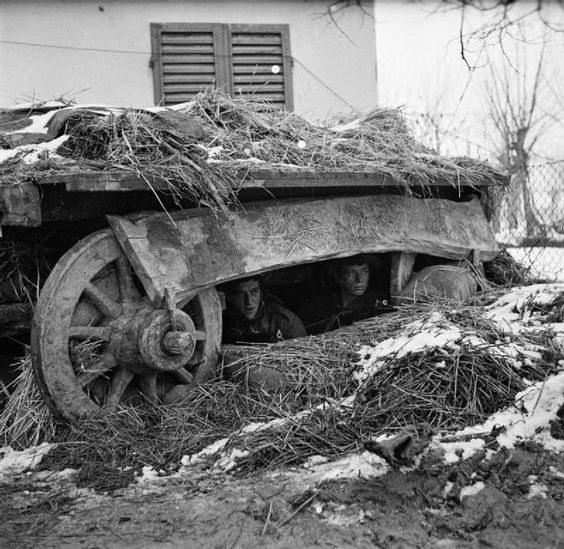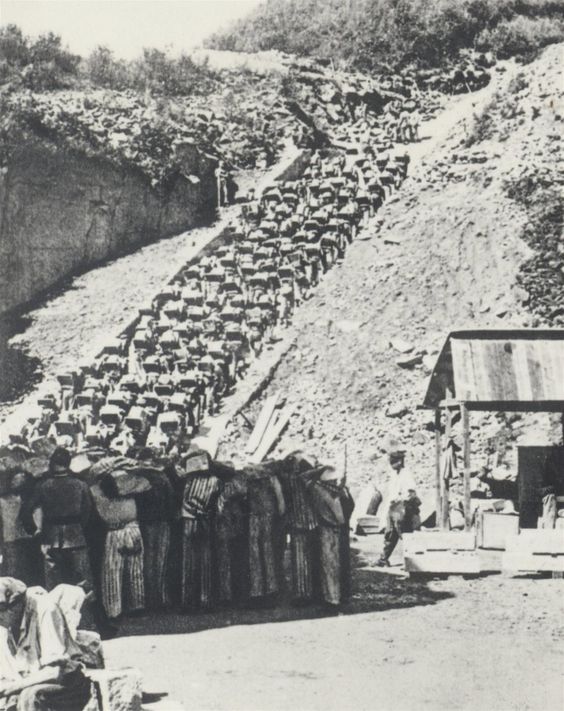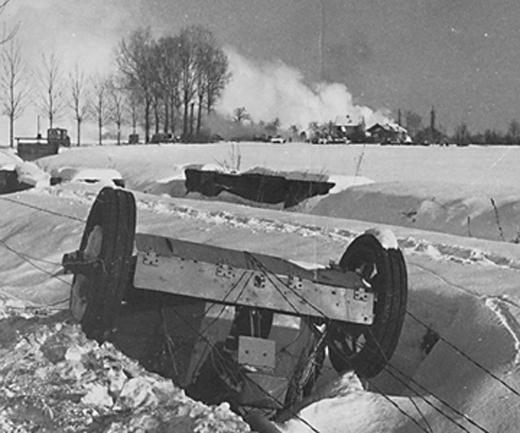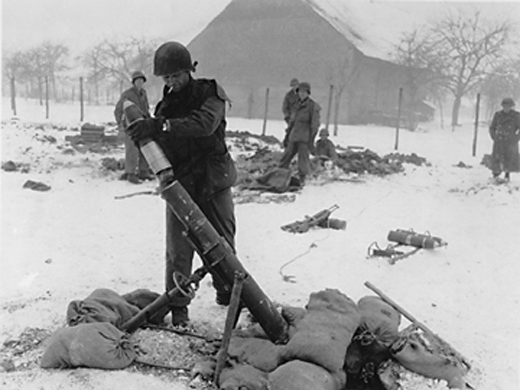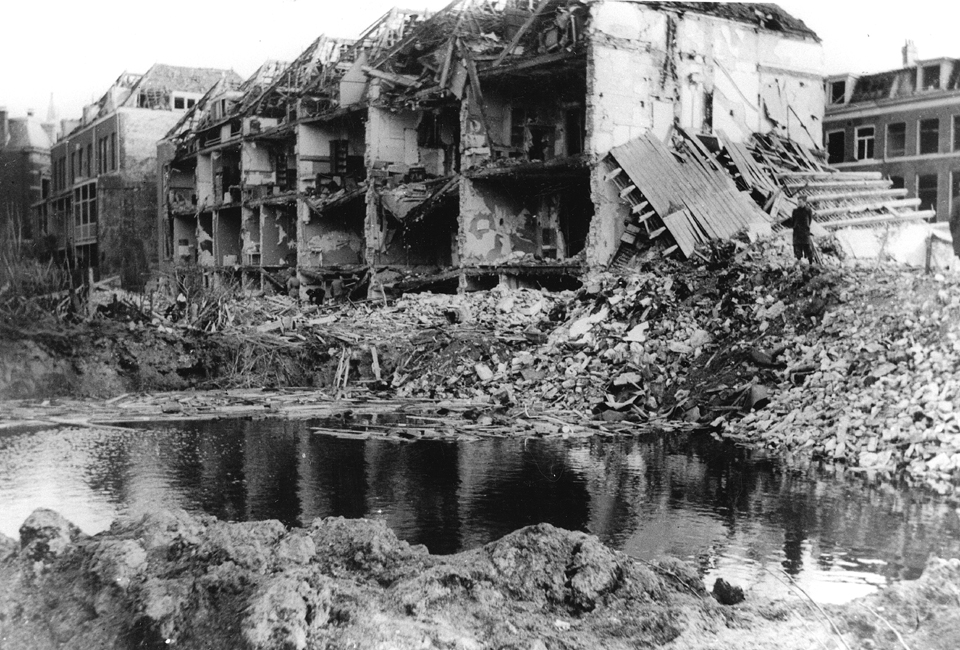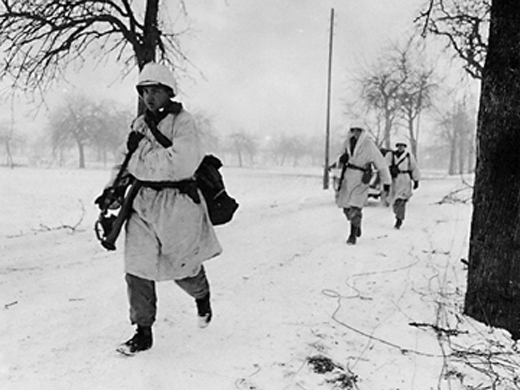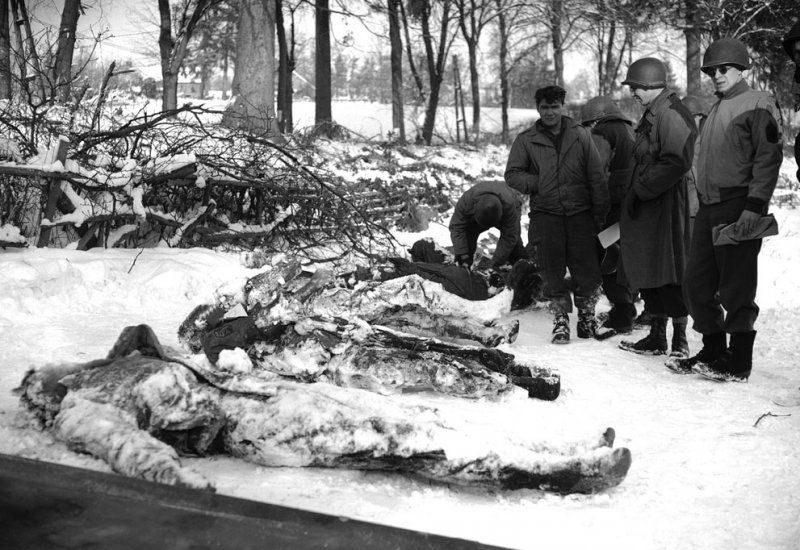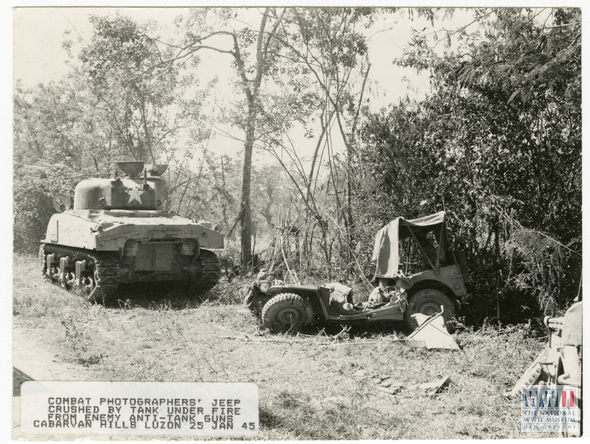Air Operations, CBI
BURMA- 12 10th Air Force B-25s attack the airfield at Heho.
- More than 80 10th Air Force fighter-bombers attack troops, supplies, and targets of opportunity at 10 locations.
- 24 P-47s support Allied ground forces in the Molo, Myitson, and Namhkam areas.
- 21 530th Fighter Squadron P-51s attack the Lantienchang and Nanyuan airfields at Peking, where they destroy 7 fighters and 28 multi-engine aircraft on the ground and down 3 Ki-27 'Nate' fighters and 2 Ki-43 'Oscar' fighters at 1225 hours. This is the first attack against Peking-area targets by American fighter pilots.
- 16 14th Air Force P-40s and P-51s destroy 42 locomotives while attacking rail targets.
- During the night, 25 58th Very Heavy Bomb Wing B-29s sow mines in the approaches to Phanrang Bay, Saigon, and Camranh Bay.
- During the night, 58th Very Heavy Bomb Wing B-29s sow mines in the Koh Si Chang Channel and the Pakchan River.
Air Operations, Formosa
During the night, 63rd Heavy Bomb Squadron SB-24s mount light attacks against Takao.
[Air Operations, Malaya
During the night, 41 58th Very Heavy Bomb Wing B-29s sow mines in the approaches to Singapore and Penang.
Air Operations, Pacific
US B-29s drop 366 mines in the approaches to Singapore. Other aircraft mine the waters off Saigon, Camranh Bay, and Penang. It is the largest mining operation of the war.
[Air Operations, Philippines
- FEAF B-24s attack Corregidor.
- XIII Bomber Command B-24s attack the Cavite naval base.
- B-24s, V Bomber Command B-25s and A-20s, and V Fighter Command fighter-bombers attack numerous targets throughout Luzon, Palawan, and the central Philippines.
- Task Group 77.4 TBMs and FMs support US 6th Army ground forces on Luzon.
Air Operations, Volcano Islands
- 14 VII Bomber Command B-24s attack Iwo Jima.
- During the night, 10 VII Bomber Command B-24s conduct snooper raids against Iwo Jima.
Burma
The 81st East African Div, British XV Corps, advancing on the Kangaw from the north, occupies Myohaung in the Arakan sector.
In the northern sector, Chinese and Americans attack the last Japanese positions along the Burma Road.
Japanese Imperial General Headquarters orders the expeditionary corps in China to concentrate in the coastal strip, giving up any further thrusts into the interior.
[Eastern Front
The position of the German forces cut off in East Prussia grows increasingly desperate. In Poland, the 1st Ukraine Front under Ivan S. Konev? takes Ostrow, southwest of Kalisz, and in Upper Silesia occupies Oels (Olesnica). German sources report that the Russians are trying to force the crossing of the Oder at Steinhau and between Gleiwitz and Brieg.
Gen Georg-Hans Reinhardt, commanding the German Army Group Center, the remnants of which are defending East Prussia, is dismissed. Earlier, he had asked to be allowed to withdraw his forces to the area of the Masuri Lakes, but the Führer would now allow it. Gen Lothar Rendulic takes his place. It is estimated that the German Army Group Center has lost 35 divisions.
The German forces in East Prussia are now virtually cut off and evacuation operations therefore begin. These evacuations continue into April and involve about 40 large passenger ships and many other transports as well as practically all the remaining surface ships of the German Navy including the cruisers Emden and Hipper. There are considerable losses to the many mines laid in the Baltic by RAF Bomber Command and to the submarines of the Soviet Baltic Fleet. Between 1,500,000 and 2,000,000 German troops and civilians are rescued in these operations by May 8.[MORE]
[![]()
![]() |
| ![]()
![]() ]
]
Iwo Jima
The island is bombarded by the battleship Indiana (BB-58) and a force of cruisers and destroyers. There are also air attacks by B-24 and B-29 bombers. This is the first step in the preparation for the US landings in February.
[Philippines
On Luzon there is fighting west of Bamban, while the US 37th Inf Div advances toward the airfields in the middle of the island and occupies a large part of the Clark Field air base.
[Western Front
In the British 2nd Army sector, units of the XII Corps press on with Operation BLACKCOCK, taking Linne and Putbroeck by 7th Arm Div, Kirckhoven by 52nd Div and positions between Heisenberg and Randerath on the Wurm River by the 43rd Div. The US 1st and 3rd Armies continue to make progress north and south of the remainder of the German salient in the Ardennes. Units of the V Corps, 1st Army, advance on the Büllingen-St Vith road, while the units of the III Corps, many of them already beyond the Clerf River, advance along the road that runs parallel with the Our River and connects Luxembourg with St Vith. A bridgehead over the Clerf River is established by units of the 80th Div, XII Corps, 3rd Army, opposite Willwerwiltz.
Further south the 7th Army again runs into difficulties following a new offensive by Friedrich Wiese's 19th Army against the sector held by the 103rd Div, VI Corps, which is driven out of Kindwiller. The Germans establish a bridgehead over the Moder between Haguenau and Kaltenhouse.
On the right flank of the front, the French II Corps, 1st Army, advances very slowly in the Elsenheim forests. Gen Jean de Lattre de Tassigny, commander of the French army, obtains Gen Frank W. Milburne's American XXI Corps as reinforcement, and it enters the line on the right of Gen Joseph Monsabert's French II Corps, in between the 2 French corps.
[Images from January 25, 1945
|
|
|
|
|
|
|
|
